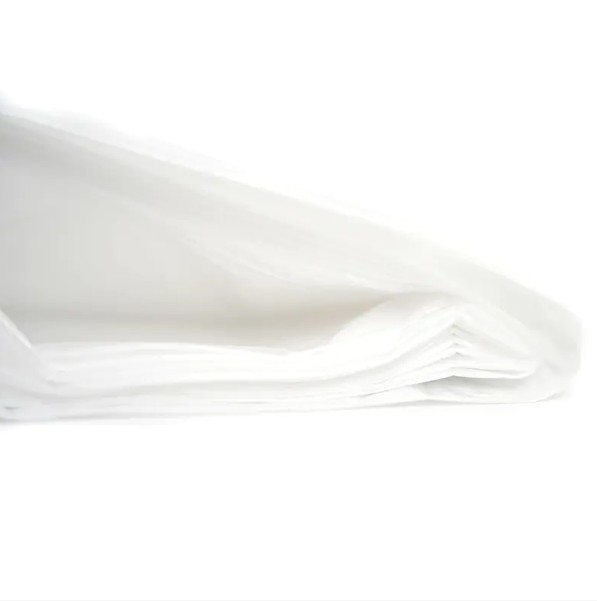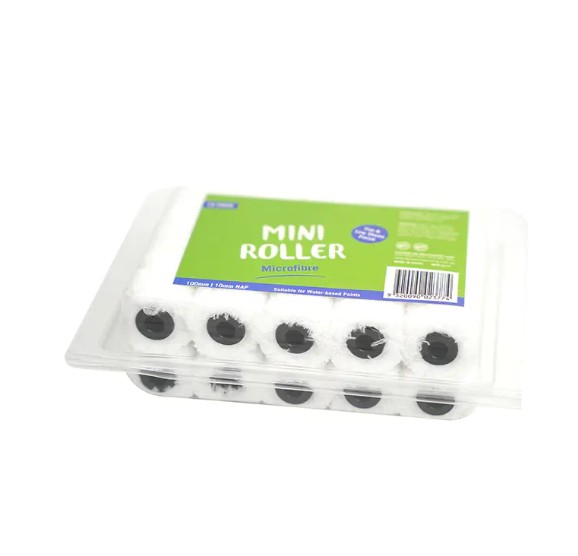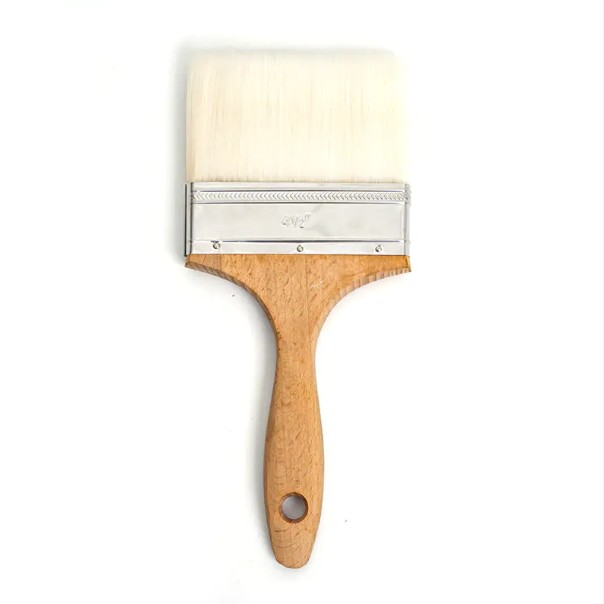When choosing the thickness of PE Dust Sheet, we really need to deeply consider the complexity of its application scenario and the specific protective effect that needs to be achieved to ensure that the selected material can not only effectively perform the task, but also achieve the best performance in terms of cost, durability and ease of use. Find the best balance between sex.

In windy environments, such as open parking lots or construction sites, you need to choose a thicker dustproof cloth to increase its wind resistance and prevent it from being blown or torn by the wind. In an environment with high humidity or significant temperature fluctuations, a thicker dustproof cloth can better resist deformation caused by humidity and thermal expansion and contraction caused by temperature differences, maintaining the stability of its shape and function.
For surfaces that require an extremely high level of protection, such as artwork, precision instruments, or freshly painted surfaces, it may be necessary to choose multiple layers or a thicker dustproof cloth to provide more complete protection against any form of scratching or contamination. . In areas with sharp edges or corners, a thicker dust sheet will provide better cushioning and reduce damage from friction or impact.
If the dust sheet is expected to be reused across multiple projects or phases, it will be more cost-effective to choose a thicker, more durable material. For scenarios that require frequent installation and removal of the dustproof cloth, consider its weight and flexibility to ensure easy operation and not burden the workers.
Thicker dustproof cloth usually has a tighter fiber structure, which can effectively block the penetration of tiny particles and improve the cleanliness and protection of the construction area. For areas that require a complete seal, you can choose dustproof cloth with edge sealing strips or self-adhesive tape to further enhance its sealing properties.
In application scenarios that require waterproofing, in addition to choosing a dustproof cloth with a certain thickness, you should also pay attention to the quality and processing technology of its waterproof coating. A high-quality waterproof coating ensures that the dustproof cloth remains dry and protective in rainy or humid environments. For areas that may be exposed to chemicals or face frequent friction, choose a dustproof cloth with excellent abrasion and chemical resistance. Thicker materials generally provide a better layer of protection against abrasion and chemical attack.
While a thicker dust sheet may cost more in initial investment, its longer lifespan, better protection, and lower maintenance costs may make it more cost-effective in the long run. Consider the ease of cleaning, folding and storage of the dust sheet. Thicker materials may require more space for storage and may require more water and detergent when cleaning. However, some advanced dust cloths may have self-cleaning features or easy-to-wash coatings, making maintenance easier and less expensive.
Choosing the thickness of PE Dust Sheet is a comprehensive consideration process, which needs to be weighed according to specific application scenarios, protection needs and cost-effectiveness. It is recommended to fully communicate with suppliers or professionals to obtain the dustproof cloth solution that best suits your needs.



 Español
Español







